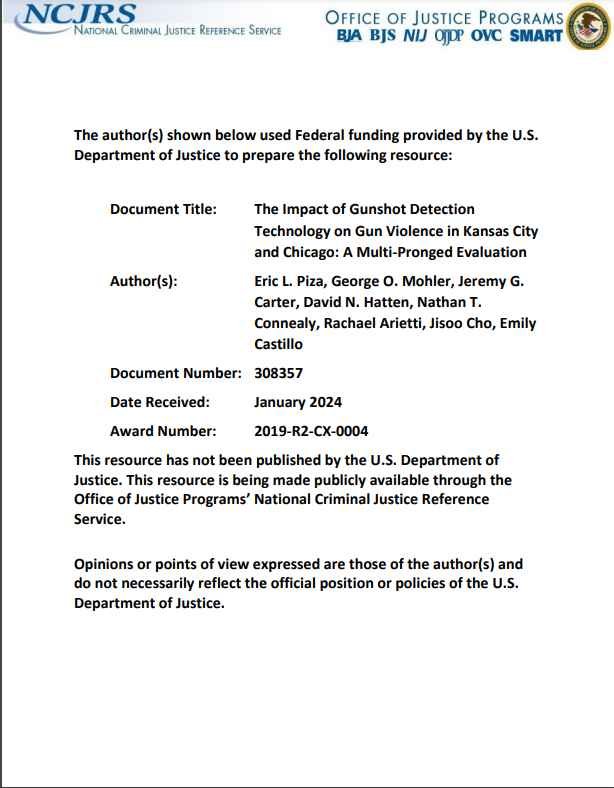By Dennis Mares
This document is part of the Response Guide series which is one of three series in the Problem-Oriented Guides for Police series. Response guides summarize knowledge about whether police should use certain responses to address various crime and disorder problems, and about what effects they might expect. This guide include examples and case studies as it covers the basic principles of gunfire detection and how it works; discusses the efficacy and police uses of acoustic gunshot detection systems, describing types of systems, experimental applications of the technology, and accuracy of acoustic gunshot detection systems; describes the analysis of acoustic gunshot detection system data; recommends best practices for responding to gunshots; and gives advice for implementing acoustic gunshot detection system, noting considerations such as coverage area, costs, personnel needs, interoperability with other systems, training requirements, and other factors that may impact decision-making.
PROBLEM-ORIENTED GUIDES FOR POLICE RESPONSE GUIDE SERIES NO. 14 Tempe, AZ: ASU Center for Problem-Oriented Policing, 2022. 29p






